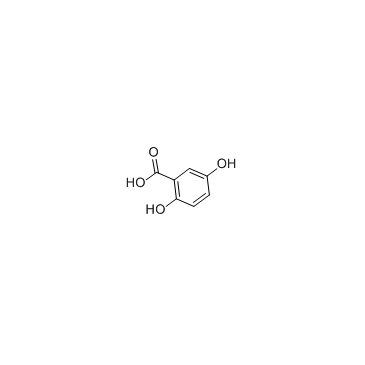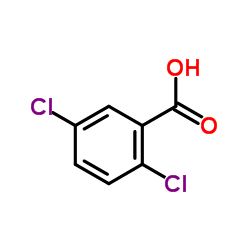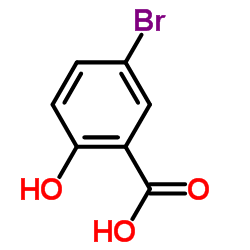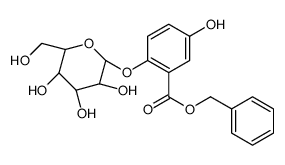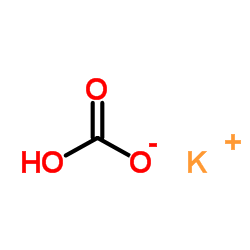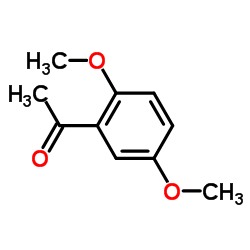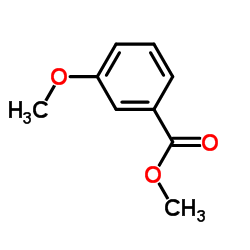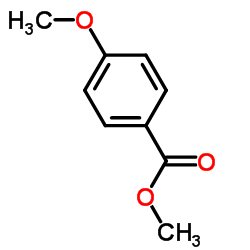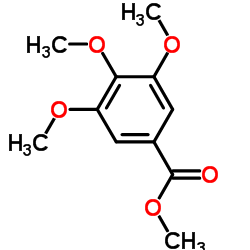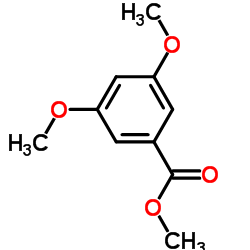490-79-9
| Name | 2,5-dihydroxybenzoic acid |
|---|---|
| Synonyms |
Benzoic acid,2,5-dihydroxy
Gentistic acid Gensigon 2,5-dihydroxyphenylcarboxylic acid 2,5-DHBA,DHB,Gentisic acid Gensigen 2,5-Dihydroxybenzoic acid Gentisate 2,5-Dhba Hydroquinonecarboxylic acid Benzoic acid, 2,5-dihydroxy- 2,5-dihydroxybenzoate 5-Hydroxysalicylic acid EINECS 207-718-5 2,5-Dioxybenzoic acid 5-hydroxy-Salicylic acid MFCD00002460 2,5-Dihydroxy-benzoic acid gentisic acid 3,6-Dihydroxybenzoic Acid 2,5-dihydroxy benzoic acid Carboxyhydroquinone DHB Mesalazine Impurity 7 |
| Description | 2,5-Dihydroxybenzoic acid is a derivative of benzoic and a powerful inhibitor of fibroblast growth factors. |
|---|---|
| Related Catalog | |
| Target |
Human Endogenous Metabolite Fibroblast growth factor |
| In Vitro | 2,5-Dihydroxybenzoic acid (Gentisic acid) is a derivative of benzoic and a minor product of the metabolic break down of aspirin[1]. 2,5-Dihydroxybenzoic acid is also a component of many traditional liquors and herbal remedies, is singled out as a powerful inhibitor of fibroblast growth factors. 2,5-Dihydroxybenzoic acid is used as a lead to identify additional compounds with better inhibitory characteristics generating a new chemical class of fibroblast growth factor inhibitors that includes the agent responsible for alkaptonuria. Through low and high resolution approaches, using representative members of the fibroblast growth factor family and their cell receptors, it is shown that this class of inhibitors may employ two different mechanisms to interfere with the assembly of the signaling complexes that trigger fibroblast growth factor-driven mitogenesis[2]. |
| In Vivo | It is verified from in vivo disease models that this group of inhibitors (e.g., 2,5-Dihydroxybenzoic acid) may be of interest to treat cancer and angiogenesis-dependent diseases[2]. |
| References |
[1]. Levy G, et al. Salicylate accumulation kinetics in man. N Engl J Med. 1972 Aug 31;287(9):430-2. |
| Density | 1.6±0.1 g/cm3 |
|---|---|
| Boiling Point | 406.9±35.0 °C at 760 mmHg |
| Melting Point | 204-208 °C(lit.) |
| Molecular Formula | C7H6O4 |
| Molecular Weight | 154.120 |
| Flash Point | 214.0±22.4 °C |
| Exact Mass | 154.026611 |
| PSA | 77.76000 |
| LogP | 1.56 |
| Vapour Pressure | 0.0±1.0 mmHg at 25°C |
| Index of Refraction | 1.671 |
| Water Solubility | soluble |
CHEMICAL IDENTIFICATION
HEALTH HAZARD DATAACUTE TOXICITY DATA
MUTATION DATA
|
| Symbol |

GHS07 |
|---|---|
| Signal Word | Warning |
| Hazard Statements | H302-H315-H319-H335 |
| Precautionary Statements | P261-P305 + P351 + P338 |
| Personal Protective Equipment | dust mask type N95 (US);Eyeshields;Gloves |
| Hazard Codes | Xi:Irritant; |
| Risk Phrases | R36/37/38 |
| Safety Phrases | S26-S36-S37/39 |
| RIDADR | NONH for all modes of transport |
| WGK Germany | 3 |
| RTECS | LY3850000 |
| HS Code | 29182990 |
| Precursor 10 | |
|---|---|
| DownStream 10 | |
| HS Code | 2918290000 |
|---|---|
| Summary | HS: 2918290000 other carboxylic acids with phenol function but without other oxygen function, their anhydrides, halides, peroxides, peroxyacids and their derivatives Tax rebate rate:9.0% Supervision conditions:AB(certificate of inspection for goods inward,certificate of inspection for goods outward) VAT:17.0% MFN tariff:6.5% General tariff:30.0% |

